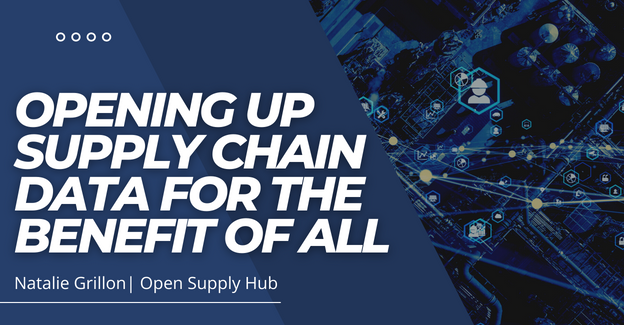When considering global supply chains, it's not new news that they are notoriously complex and opaque. Among other challenges, this means that issues such as child and forced labor, deforestation and environmental degradation can remain in the shadows. Identifying the source of these problems becomes so complex that tackling their root causes and seeking remediation for affected communities becomes a near-impossible endeavor.
To tackle these issues, it's essential to go back to basics and work on the data. Even at the entry-level of name and address data for global production facilities, the quality of data about global supply chains is poor. This then begs the question: if there is no shared understanding of where facilities are located, how can there be any clear sense of those facilities' social and environmental conditions? While efforts have been made in recent years to map supply chain data, with the apparel sector at the forefront of this movement, it has been - and in many cases, continues to be - hidden behind lock and key, which benefits very few. There are several interrelated problems at play here:
- Insufficient thought and attention have been paid to how data is gathered: what data points are being collated, and why? How is that data being logged? How is it being standardized?
- How is that data being shared: what consideration has been given to the format? Tables embedded on websites, data locked in PDFs and other non-machine readable formats are of limited use to anyone trying to use that data in a practical way. This leads to the third point:
- What is the intention behind gathering the data? How will it be used? Gathering and even sharing data is not an end in and of itself: it is how the data will be used, in a practical sense, that holds power.
Open, standardized data can overcome all this. Making this data accessible to all brings enormous benefits, whether powering interoperability between different datasets, bringing visibility and clarity to complex supply chains, or enabling supply chain stakeholders to work together on the social or environmental improvements that are so desperately needed. Open, standardized data allows anyone to efficiently make connections about global supply chains, in turn enabling:
- Informed discussions regarding upcoming legislation and how to meet the raft of incoming ESG reporting requirements
- Much quicker routes to remediation for affected communities
- The development of mitigation strategies for the impacts of climate change
- A clearer understanding of supply chain issues or hotspots at major companies and retailers, of which they may not previously have been aware
Without open, standardized data, these connections may never be made.
By opening up supply chain data as a free, public good tool and acting as a single source of truth for global supply chains, we believe stakeholders across sectors and supply chains can come together to improve human rights and environmental conditions in and around factories - a win-win for everyone.









